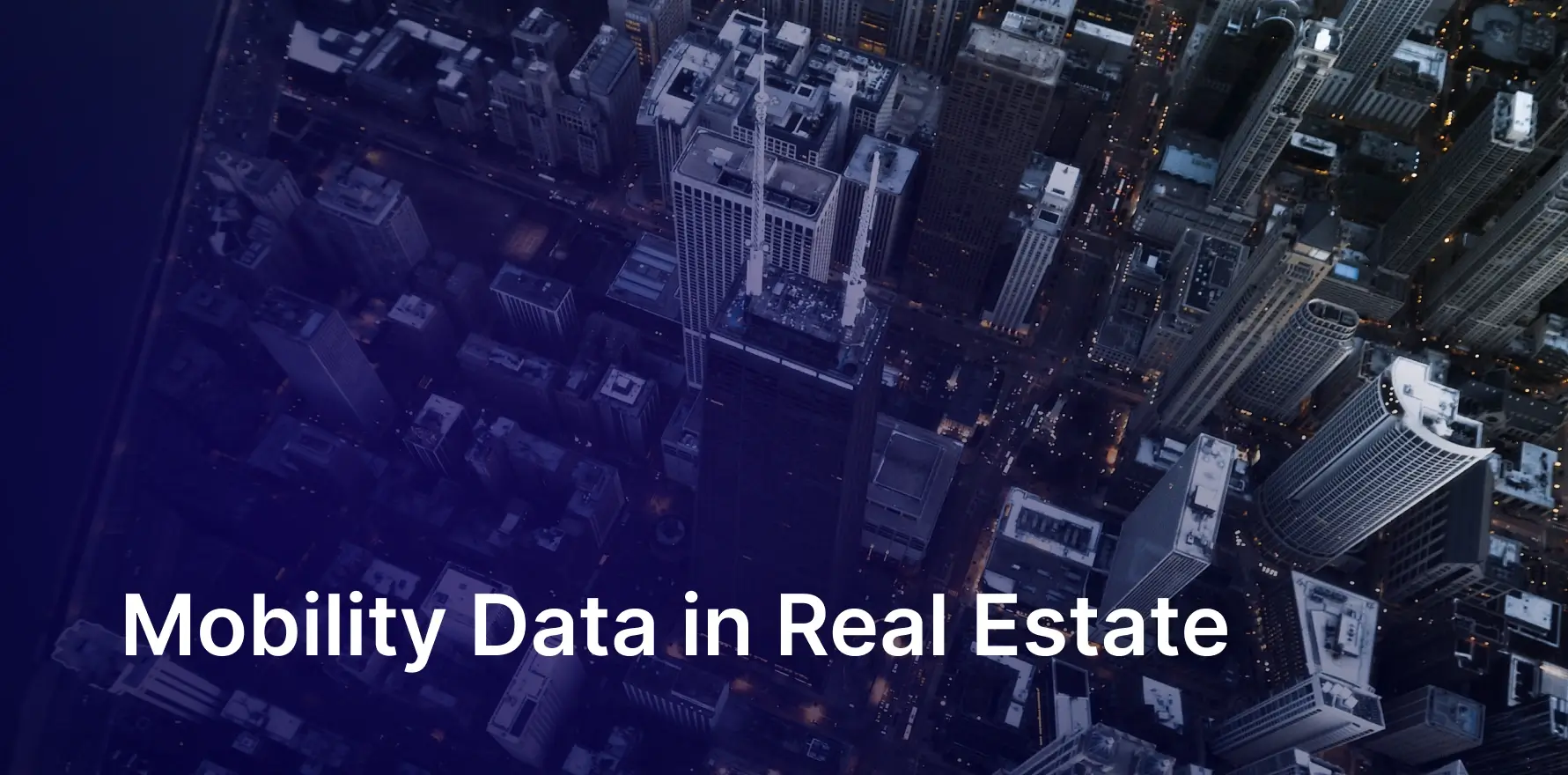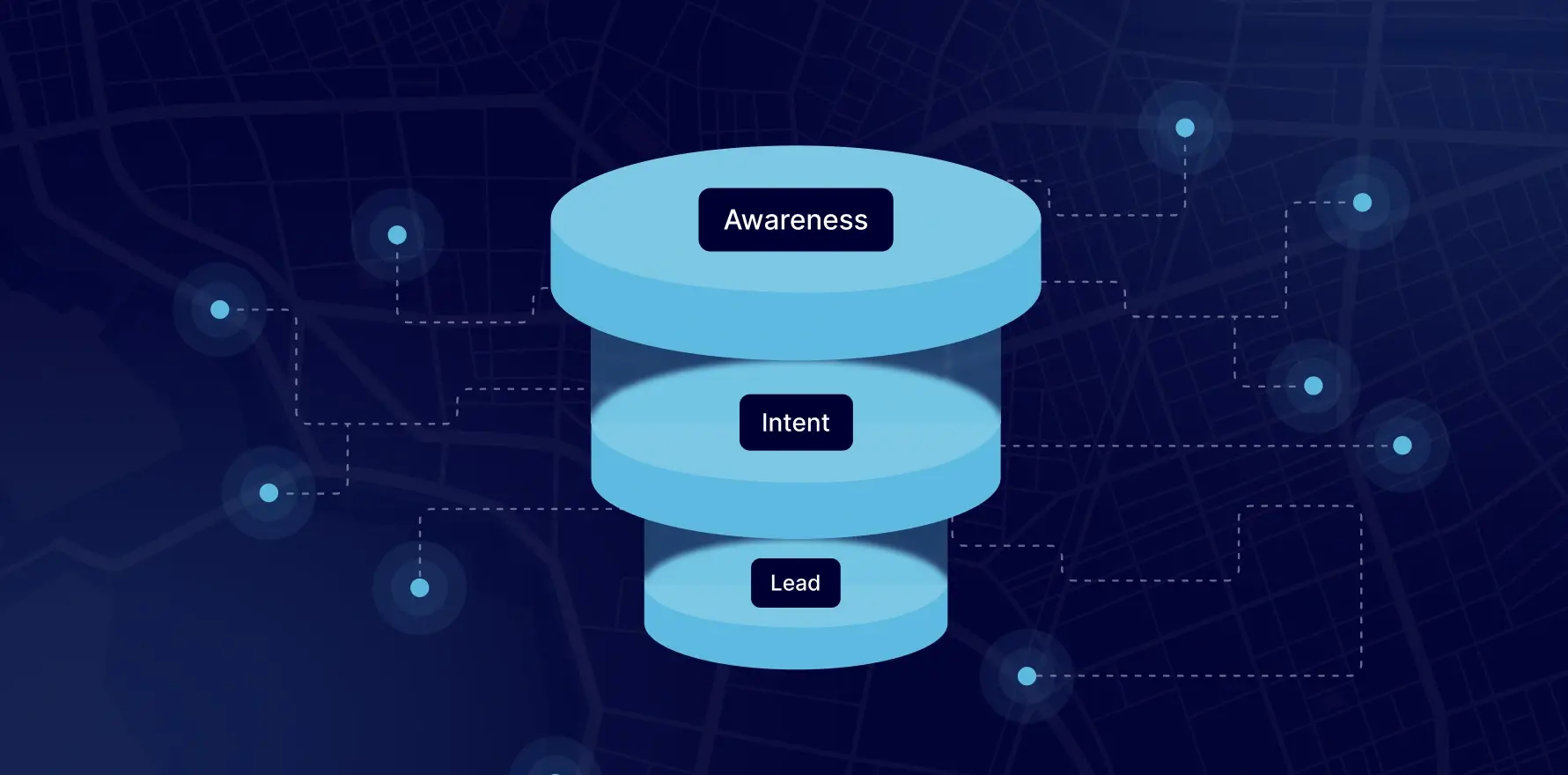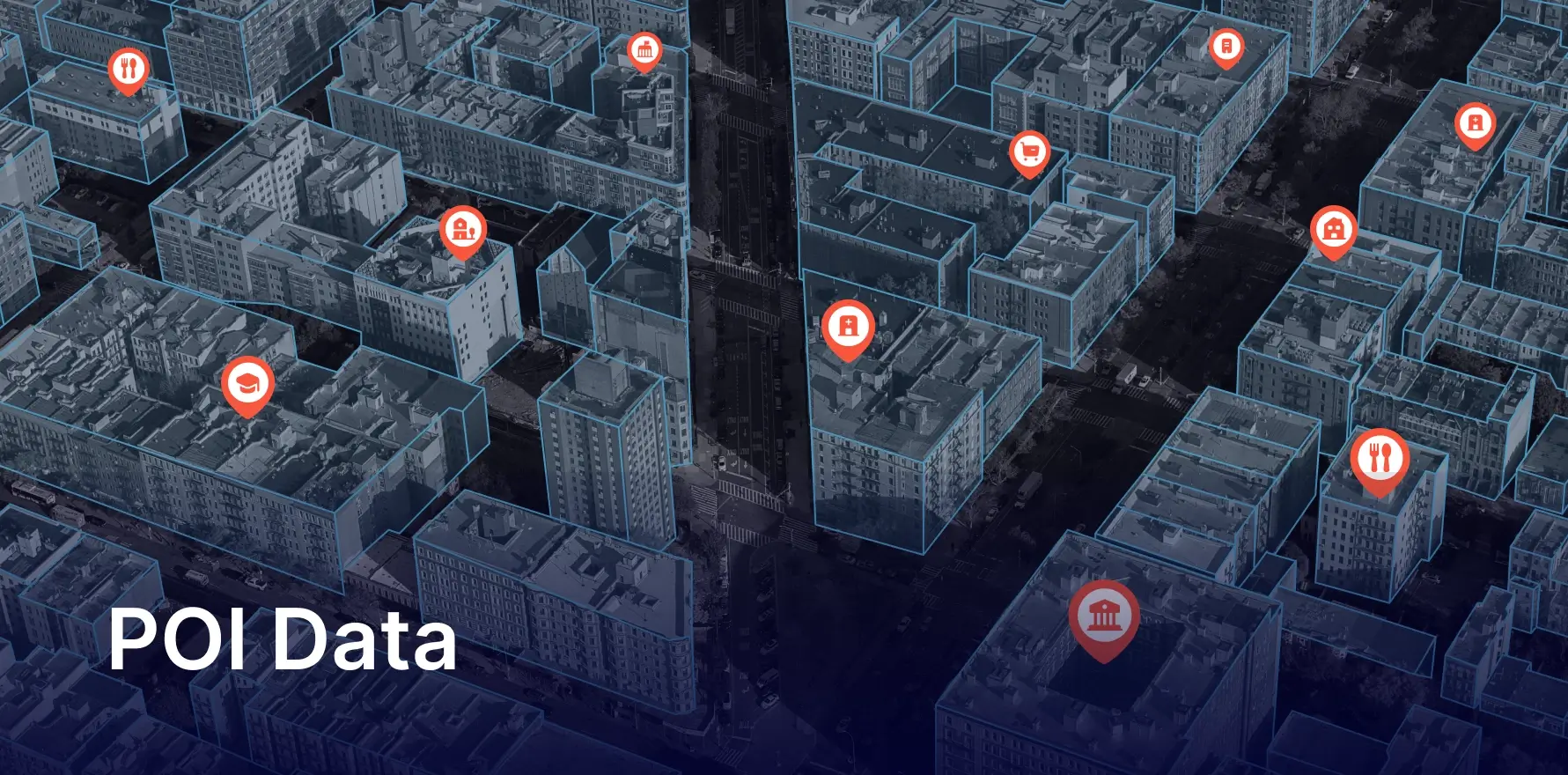In the real estate industry, understanding how people move through and interact with spaces is critical to making informed decisions about property investments, site selection, and market analysis.
Mobility data, which tracks the movement of people within specific areas, provides valuable insights that can help real estate professionals optimize their strategies and maximize property value. This blog explores how mobility data is revolutionizing the real estate industry and enabling professionals to stay ahead of the competition.
1. Site Selection and Development:
The correct location is critical to real estate success. Mobility data offers real estate professionals a data-driven approach to site selection by analyzing foot traffic, visitor demographics, and local amenities.
For example, a developer looking to build a new residential complex can use mobility data to identify areas with high pedestrian traffic, proximity to schools and parks, and a robust local economy. This information helps ensure that the new development is located in an area with high demand, increasing the likelihood of success.
Additionally, mobility data can reveal emerging neighborhoods experiencing growth, allowing developers to invest in up-and-coming areas before they become oversaturated.
2. Understanding Market Demand:
Real estate professionals must understand market demand to make informed investment decisions. Mobility data provides insights into how people interact with different areas, revealing which neighborhoods are popular and why.
For example, if mobility data shows that a particular area has high foot traffic but limited commercial development, it may indicate an opportunity for new retail or office spaces. Real estate investors can use this information to identify undervalued properties in high-demand areas and capitalize on market trends.
Understanding market demand also helps real estate professionals forecast future property values and make strategic decisions about when to buy, sell, or develop properties.
3. Enhancing Property Value:
Mobility data can also be used to enhance the value of existing properties by identifying areas for improvement.
For example, suppose mobility data shows that a commercial building has high foot traffic but low tenant occupancy. In that case, the property owner can investigate why and take corrective action, such as improving signage, upgrading amenities, or offering incentives to attract new tenants.
Similarly, mobility data can reveal which areas of a residential property are most frequently used by residents, helping property managers make informed decisions about where to invest in upgrades and renovations. Real estate professionals can increase occupancy rates, rental income, and overall property value by optimizing properties based on data-driven insights.
4. Investment Strategy and Risk Management:
Investing in real estate always involves a certain level of risk, but mobility data can help mitigate that risk by providing a clearer picture of market trends and property performance.
For example, an investor considering a new property acquisition can use mobility data to analyze foot traffic patterns, visitor demographics, and the proximity of key amenities.
This analysis helps the investor assess the potential return on investment and identify any possible risks, such as declining foot traffic or changing demographics.
Additionally, mobility data can be used to monitor the performance of existing investments, allowing real estate professionals to make data-driven decisions about when to hold, sell, or reposition properties.
5. Urban Planning and Infrastructure Development:
Real estate development is closely linked to urban planning and infrastructure development. Mobility data provides valuable insights that can inform decisions about where to build new roads, public transport links, and other infrastructure projects. For example, suppose mobility data shows that a particular area has high foot traffic but limited access to public transport. In that case, the local government may invest in new bus routes or train stations to improve accessibility.
Real estate professionals can use this information to identify areas where new developments are likely to benefit from improved infrastructure, increasing the value of their properties.
6. Retail and Mixed-Use Development:
Mobility data is precious for retail and mixed-use development projects, where understanding customer behavior is key to success.
Real estate professionals can identify the best locations for new retail outlets, restaurants, and entertainment venues based on foot traffic, visitor demographics, and spending patterns by analyzing mobility data.
For example, a developer planning a new shopping center can use mobility data to determine which areas have the highest concentration of potential customers and which types of businesses will thrive there. This data-driven approach ensures that retail and mixed-use developments are positioned for success and meet the local community’s needs.
Conclusion:
Mobility data is transforming the real estate industry by providing valuable insights that help professionals make informed decisions about site selection, market analysis, and investment strategy.
Leveraging mobility data can help real estate professionals maximize property value, minimize risk, and stay ahead of market trends. As the real estate industry continues to evolve, those who embrace the power of data will be best positioned to succeed.
You may also like








